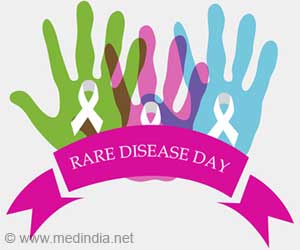A report on the recent call for a global ban on the pesticide Endosulphan. Will India stand alone?

Endosulfan
The pesticide Endosulfan,is a colorless solid with a unique mode of action that is favorable to control a wide range of insects and other pests.
Endosulfan breaks down into endosulfan sulfate and endosulfan diol, which, according to the EPA, have "structures similar to the parent compound and are also of toxicological concern. The estimated half-lives for the combined toxic residues range from roughly 9 months to 6 years."
Despite its acute toxicity it is still being extensively used in India and China.
Call for a Ban
In 2009, the Stockholm Convention concluded that "Endosulfan is likely, as a result of long range environmental transport, to lead to significant adverse human health and environmental effects such that global action is warranted”.
Endosulfan has been banned in 63 countries across the world, including the EU, Australia, New Zealand, several Asian and West African countries. It is being slowly phased out in the USA, Canada and Brazil.
Due to its threats to the environment, a global ban on the manufacture and use of Endosulfan and its isomers was agreed upon world- wide on April 29th 2011 at the Stolkholm convention. The decision, however, will not be binding on India unless specifically ratified by the nation.
Endosulfan -Health Effects
Endosulfan toxicity has been in the news for a while as it has been established as one of the most toxic pesticide in the world. News of its deleterious effects are pouring in from countries like India where it is still being used.
- Trigger breast cancer cell growth
- Be anti-androgenic in animals
- Impair gene expression
- Produce teratogenic properties in rats
Endosulfan can travel long distance from where its being used and continue to remain potent.
The EPA concluded that, “endosulfan is a very persistent chemical which may stay in the environment for lengthy periods of time, particularly in acid media."
According to the EPA endosulphan tends to bioacumulate in fish and other species and is toxic to several amphibians.
Due to its non-specific role, it is also known to negatively impact populations of beneficial insects.
The Indian Story
India is the world's largest user of endosulfan, and also a major producer of this dreaded insecticide. It produces 4,500 tonnes annually for indigenous use and 4,000 tonnes for export.
It all began in 2001 in the southern state of Kerala when a spurt in a series of abnormalities in children was noticed.
Kerala has been aerially spraying endosulfan in its cashew plantations in the northern Kasargod districts since the late 1970’s.
People complained about symptoms such as headaches, allergies, increased abortions, asthma and increased suicidal tendencies ever since the pesticide began to be used.
Later, it was observed that children with mental retardation and physical deformities were being born at a never-before -seen rate.
Cancer deaths too were escalating.
Endosulfan, or rather the indiscriminate use of endosulfan, became the prime suspect for the state of affairs regarding the farmers and children of Kasargod.
Learning from the past
The endosulphan episode is the biggest mass ‘chemical tragedy’ to have hit India after the Bhopal gas tragedy. This is one of the reasons why Madhya Pradesh decided to back the Kerala Chief Minister on seeking a ban on Endosulphan.
Endosulfan has been detected in dust collected in the Caribbean, that was originally air-borne all the way from the Sahara Desert.It must therefore be kept in mind that the endosulfan atrocities may not be confined to Kerala but may have far-reaching effects.
We must remember that we simply cannot afford another tragedy of the Bhopal magnitude. To think that at the recent Stolkholm conclave, India’s was the lone voice endorsing endosulfan was infuriating to say the least!
Our leaders need to get their priorities right and genuinely start caring about the welfare of their people.
Otherwise India will stand alone in a world that looks after its people and will, as a result, be forced to face the consequences alone.
Source-Medindia









